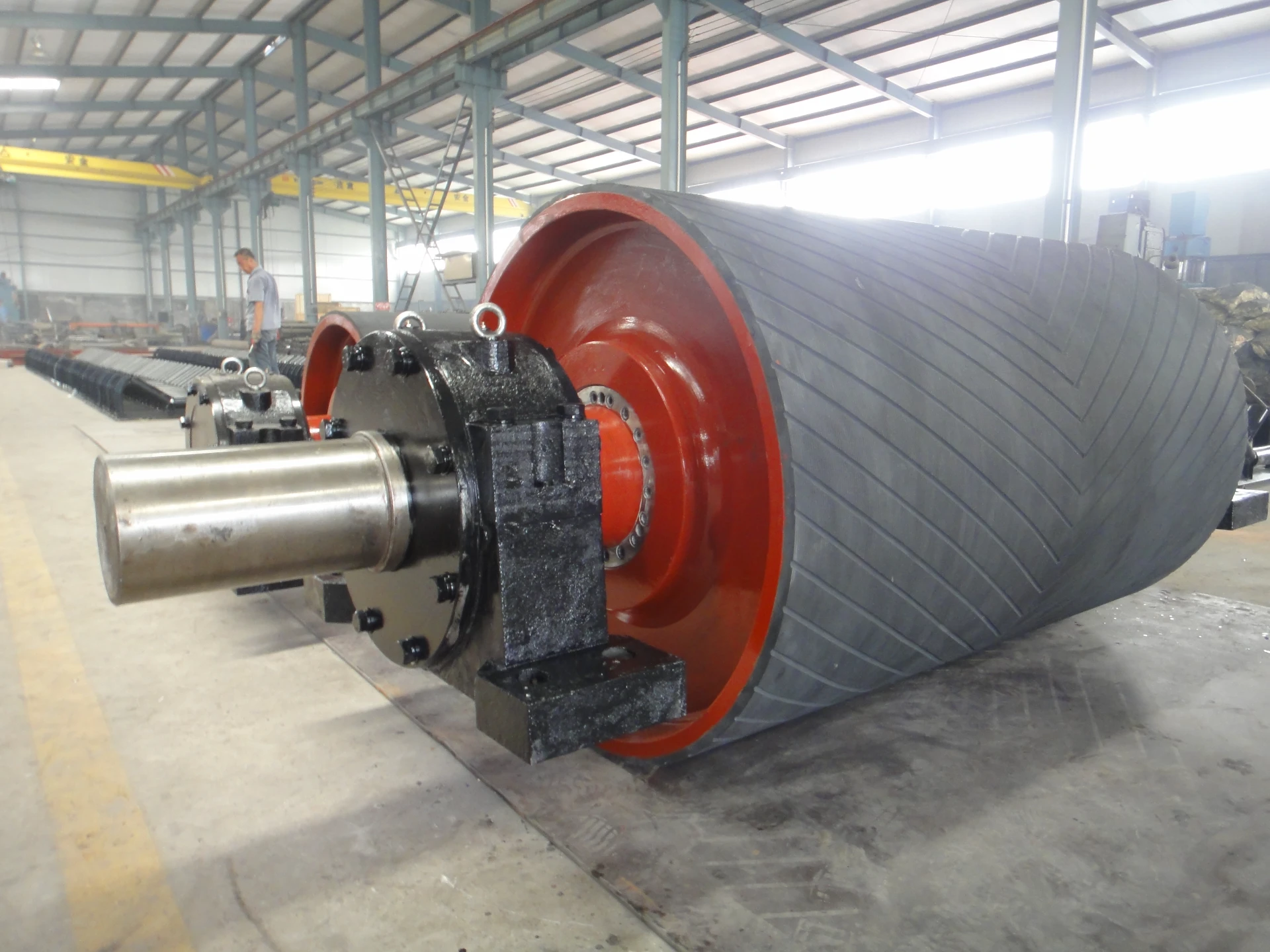 Afrikaans
Afrikaans  Albanian
Albanian  Amharic
Amharic  Arabic
Arabic  Armenian
Armenian  Azerbaijani
Azerbaijani  Basque
Basque  Belarusian
Belarusian  Bengali
Bengali  Bosnian
Bosnian  Bulgarian
Bulgarian  Catalan
Catalan  Cebuano
Cebuano  Corsican
Corsican  Croatian
Croatian  Czech
Czech  Danish
Danish  Dutch
Dutch  English
English  Esperanto
Esperanto  Estonian
Estonian  Finnish
Finnish  French
French  Frisian
Frisian  Galician
Galician  Georgian
Georgian  German
German  Greek
Greek  Gujarati
Gujarati  Haitian Creole
Haitian Creole  hausa
hausa  hawaiian
hawaiian  Hebrew
Hebrew  Hindi
Hindi  Miao
Miao  Hungarian
Hungarian  Icelandic
Icelandic  igbo
igbo  Indonesian
Indonesian  irish
irish  Italian
Italian  Japanese
Japanese  Javanese
Javanese  Kannada
Kannada  kazakh
kazakh  Khmer
Khmer  Rwandese
Rwandese  Korean
Korean  Kurdish
Kurdish  Kyrgyz
Kyrgyz  Lao
Lao  Latin
Latin  Latvian
Latvian  Lithuanian
Lithuanian  Luxembourgish
Luxembourgish  Macedonian
Macedonian  Malgashi
Malgashi  Malay
Malay  Malayalam
Malayalam  Maltese
Maltese  Maori
Maori  Marathi
Marathi  Mongolian
Mongolian  Myanmar
Myanmar  Nepali
Nepali  Norwegian
Norwegian  Norwegian
Norwegian  Occitan
Occitan  Pashto
Pashto  Persian
Persian  Polish
Polish  Portuguese
Portuguese  Punjabi
Punjabi  Romanian
Romanian  Russian
Russian  Samoan
Samoan  Scottish Gaelic
Scottish Gaelic  Serbian
Serbian  Sesotho
Sesotho  Shona
Shona  Sindhi
Sindhi  Sinhala
Sinhala  Slovak
Slovak  Slovenian
Slovenian  Somali
Somali  Spanish
Spanish  Sundanese
Sundanese  Swahili
Swahili  Swedish
Swedish  Tagalog
Tagalog  Tajik
Tajik  Tamil
Tamil  Tatar
Tatar  Telugu
Telugu  Thai
Thai  Turkish
Turkish  Turkmen
Turkmen  Ukrainian
Ukrainian  Urdu
Urdu  Uighur
Uighur  Uzbek
Uzbek  Vietnamese
Vietnamese  Welsh
Welsh  Bantu
Bantu  Yiddish
Yiddish  Yoruba
Yoruba  Zulu
Zulu Understanding the Components and Roles of Conveyor Belt Systems
Understanding Conveyor Belt Parts and Their Functions
Conveyor belts are essential components in various industries, facilitating the transportation of materials across different processes. Whether in manufacturing, mining, or distribution centers, the efficiency of conveyor systems can significantly impact productivity. Understanding the different parts of a conveyor belt and their functions is important for those managing or working with these systems.
1. Belt Material
The conveyor belt itself is primarily made from materials such as rubber, fabric, or plastic, each chosen for its durability and suitability for specific environments. For instance, rubber belts offer excellent traction and flexibility, making them ideal for heavy-duty applications, while fabric belts are lighter and can be used in less demanding situations. The choice of material affects the belt's performance, including its strength, resistance to wear, and its ability to handle various temperatures and chemical exposures.
2. Framework
The framework, or structure, of the conveyor system is typically made of steel or aluminum. This framework supports the entire assembly, ensuring stability and durability during operation. The design of the framework can vary depending on the layout of the facility, the weight of the materials being transported, and the specific requirements of the application. A robust framework is essential for minimizing vibrations and ensuring that the conveyor operates smoothly.
3. Rollers
Rollers are cylindrical components that support the conveyor belt as it moves. They are positioned underneath the belt and can vary in size and type, including idler rollers and drive rollers. Idler rollers are used to support and guide the belt while it is in motion, whereas drive rollers provide the necessary traction to move the belt along the system. The quality and maintenance of rollers are crucial for reducing friction and extending the lifespan of the belt.
4
. Pulleysconveyor belt parts and functions

Pulleys are integral to the functioning of conveyor belts. Typically located at both ends of the conveyor, they serve as anchor points for the belt, helping to create tension and facilitate movement. There are different types of pulleys, including drive pulleys, which are powered by a motor, and return pulleys, which guide the belting back to its starting point. Proper alignment and maintenance of pulleys are vital to prevent premature wear on the belt and ensure it operates efficiently.
5. Motor and Drive System
The motor provides the necessary power to drive the conveyor belt. Commonly utilized motors include electrical and hydraulic motors, depending on the application. The drive system includes gears and belts that connect the motor to the drive pulley, converting the motor's power into mechanical energy. A reliable motor and drive system are essential for the effective functioning of the conveyor, influencing speed and load capacity.
6. Take-Up System
The take-up system is responsible for maintaining the tension of the conveyor belt. This system can be either manual or automatic, allowing operators to adjust the belt's tension as needed. Proper tension is crucial for preventing slippage and ensuring the longevity of the belt. An adequately tensioned belt provides consistent movement, reducing the risk of unexpected failures during operation.
7. Safety Features
Conveyor systems are equipped with safety features to protect both workers and equipment. These may include emergency stop switches, guards, and warning lights. Safety features ensure that operators can quickly halt the system in emergencies and minimize risks associated with moving machinery. Regular safety checks are essential to ensure that these features are functioning correctly.
Conclusion
Understanding the various parts and functions of conveyor belts is key to ensuring efficient operation across diverse industries. From the material and framework to the rollers, pulleys, motor, take-up systems, and safety features, each component plays a crucial role in the overall effectiveness of the conveyor system. Proper maintenance and knowledge of these components can enhance productivity, reduce downtime, and improve workplace safety. As industries continue to evolve, so too will the technologies and designs surrounding conveyor belt systems.
-
Trusted Conveyor Solutions from Leading Conveyor Idler Roller ManufacturersNewsJun.27,2025
-
Reliable Return Idler Solutions for Efficient Belt Conveyor SystemsNewsJun.27,2025
-
Precision Conveyor Accessories for Streamlined Material HandlingNewsJun.27,2025
-
High-Quality Belt Conveyor Idler Solutions for Efficient Material HandlingNewsJun.27,2025
-
High-Performance Belt Conveyor Pulleys for Reliable Material HandlingNewsJun.27,2025
-
Enhancing Material Handling EfficiencyNewsJun.27,2025





























